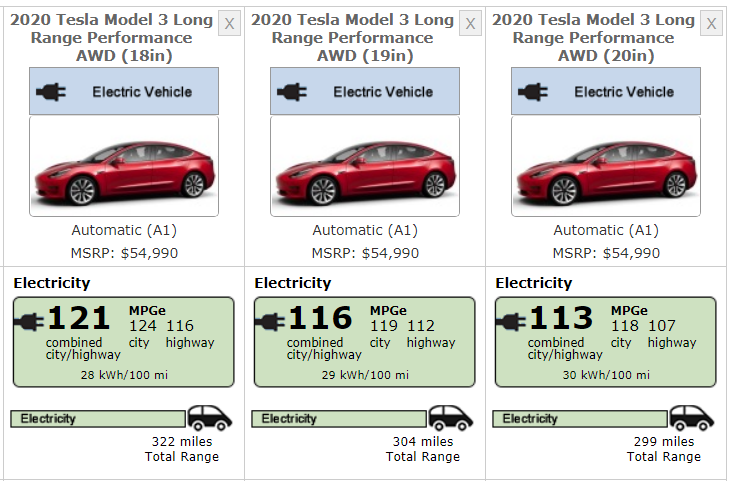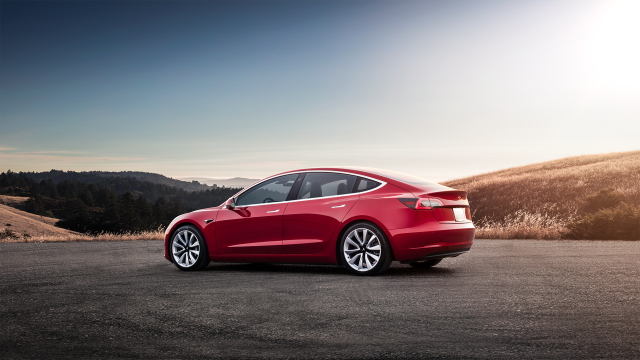Installing gigantic wheels on your car is a tempting proposition when you’re eager to maximise style and minimise tyre sidewall. Automakers make it easy to select an optional wheel and tyre package that offers larger-diameter rims fitted with lower-profile tires, smartly filling the wheel openings. To keep everything working as the engineers intended, the overall height of the new combination ends up being almost exactly the same as the basic wheels fitted as standard equipment.
Sounds like you have nothing to lose, right? Not exactly. While the big wheels are awesome in appearance, they also can affect your range — how far you can drive on a tank of gas or a single battery charge. This is bad news if you want every km possible from an EV.
I’m no stranger to putting bigger wheels on my cars. I like the style, and in the case of my Smart Fortwos, the bigger wheels actually make the cars feel a lot more confident on the highway. I can pass semi-trucks without feeling like the car entered a strong microburst. Still, running larger wheels can reduce your car’s range.
In 2010, Car and Driver ran a test on a Volkswagen Golf. The test started with 38cm wheels and worked up to 48cm wheels. Despite tire diameter being held nearly constant for all the wheel packages, the car’s fuel economy dropped to 8.9km per liter with the 38cm wheels, from 9.9 km per L with the 48cm wheels.
Electric cars suffer a similar fate. Spec your Tesla with larger wheels from the factory and you miss out on a serious chunk of range. Check out this chart of EPA range ratings for the Tesla Model 3.

By choosing 50cm wheel package over 45cm wheel/tire combo, you lose out on a full 37 km of range. That’s a serious drop — you wouldn’t want to walk that last 37 km, would you? Simply put, when your vehicle travels fewer km on the same charge or same tank of fuel, it’s measurably less efficient.
So, what’s going on here? Why are larger diameter wheels causing this efficiency loss even when they are similar in overall diameter to the package with smaller diameter wheels?
The short answer is that bigger wheels take more energy to move. On top of this, even bigger wheel and tyre options that are the same diameter as smaller wheel-tire packages may carry wider tread areas, creating greater rolling resistance. And if the larger-diameter wheels are part of a performance package, the tyres could be a stickier rubber compound (as is the case with summer tires), again increasing the rolling resistance. Add it up and your vehicle demands more energy to accelerate and maintain speed.
Jason Fenske over at Engineering Explained breaks this whole scenario down into maths and explains exactly where all the losses are.
Going with smaller wheels won’t just bring back some lost range; there are other advantages as well. If you live someplace where potholes are common, smaller diameter wheels with tires that have taller sidewalls — say a 65 series tyre in place of a 50 series — can save your rims and tires from expensive damage. The reason: Taller sidewalls provide a little more cushion — a greater volume of air inside, d’oh. And those taller tires are often cheaper. So you’ll save money while polluting less, a rare triple win.
